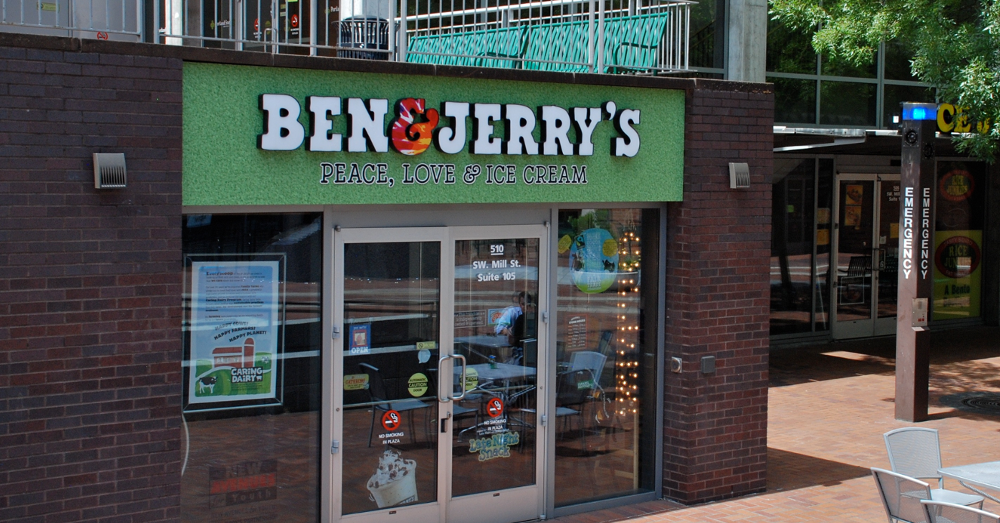Peace, Love (and Glyphosate in Your) Ice Cream
Tests in the UK and parts of Europe have found traces of glyphosate in several popular Ben and Jerry’s ice cream flavours. The European ice cream samples were purchased from shops in the Netherlands, France, Germany and the UK after testing earlier this year in the US revealed tainted samples there.
October 9, 2017 | Source: Beyond GM | by Pat Thomas
Tests in the UK and parts of Europe have found traces of glyphosate in several popular Ben and Jerry’s ice cream flavours.
The results come ahead of Wednesday’s hearing in the European Parliament which will be examining allegations that Monsanto unduly influenced regulatory studies into the safety of glyphosate, a key ingredient in its best-selling Roundup weedkiller.
The European ice cream samples were purchased from shops in the Netherlands, France, Germany and the UK after testing earlier this year in the US revealed tainted samples there.
Beyond GM worked with organisers the Organic Consumers Association (OCA) to supply the UK samples, which were bought from major supermarkets in London and shipped to the US for analysis.
Where did the glyphosate come from?
On the one hand, the levels found in 13 of the 14 tested EU samples were low, as were those in the US. On the other hand they were comparable to those which have been shown to cause liver damage in experimental animals over the longer-term.
Differing levels were found too; one of the German samples had no glyphosate, while the three UK samples had the highest detected levels.
A call to Ben & Jerry’s customer service team, as well as information from the company’s various websites says that all the milk for Ben & Jerry’s European operation comes from one farmer owned co-operative in the Netherlands. It is then processed into ice cream at a central plant in Hellendoorn, the Netherlands.
Glyphosate does not readily accumulate in milk and what little testing that has been done in the EU has not found residues in the milk supply.
The most likely explanation is that the residues come from the added ingredients such as cookie dough, fudge brownie and cookie pieces derived from cereal crops often sprayed with glyphosate. Some cross contamination in the transport and storage of these ingredients may also be possible, which could account for varying levels.
That there are any residues at all, however – even in this small number of samples – is troubling to us. It should also be troubling to Ben & Jerry’s.’
The UK Ben & Jerry’s samples were purchased by Beyond GM from major supermarkets in London.
Not so natural
In July 2017 as reported by the New York Times, testing by the OCA found glyphosate in 10 out of 11 samples of Ben & Jerry’s ice cream.
While the levels of glyphosate were well below the legal limit set by the US Environmental Protection Agency, OCA argued that any presence of the herbicide is potentially dangerous – and misleading.
It called for Ben & Jerry’s to stop labelling its ice creams as “natural” because the cows that supply its milk are fed genetically-engineered maize. In addition, the cereal additives, as well as the oils and sugars in the US are also derived from GM crops and/or from those routinely sprayed with glyphosate-based herbicides.
In Europe dairy cows, including those that supply Ben & Jerry’s milk, are routinely fed on GM soya, and added ingredients like wheat that go into dough, cookies and brownies are, increasingly, routinely sprayed with glyphosate-based herbicide prior to harvest. There is a clear trend for residues to be found in cereals and baked products (as well as other crops such as legumes).
This lead to curiosity about what might be in European samples of the ice cream.

